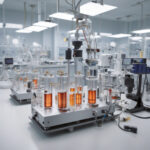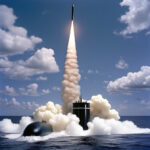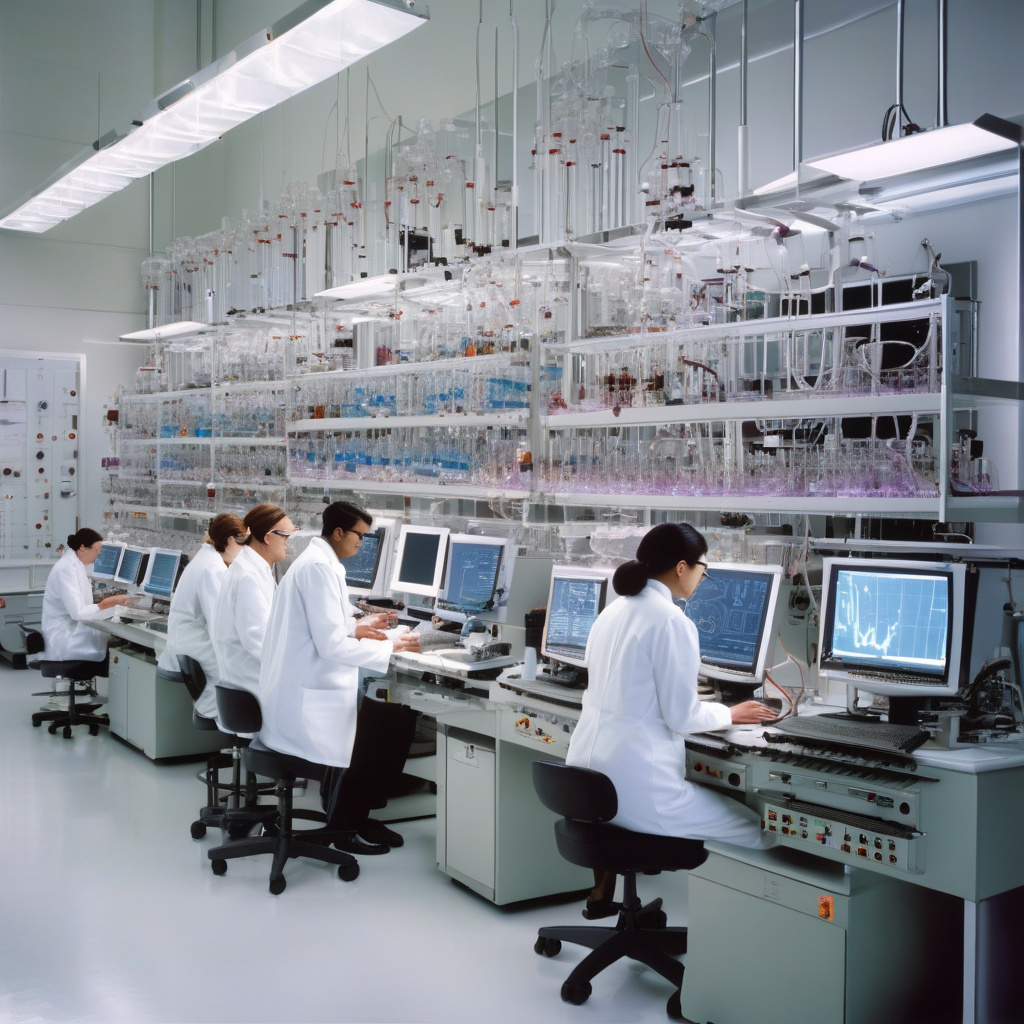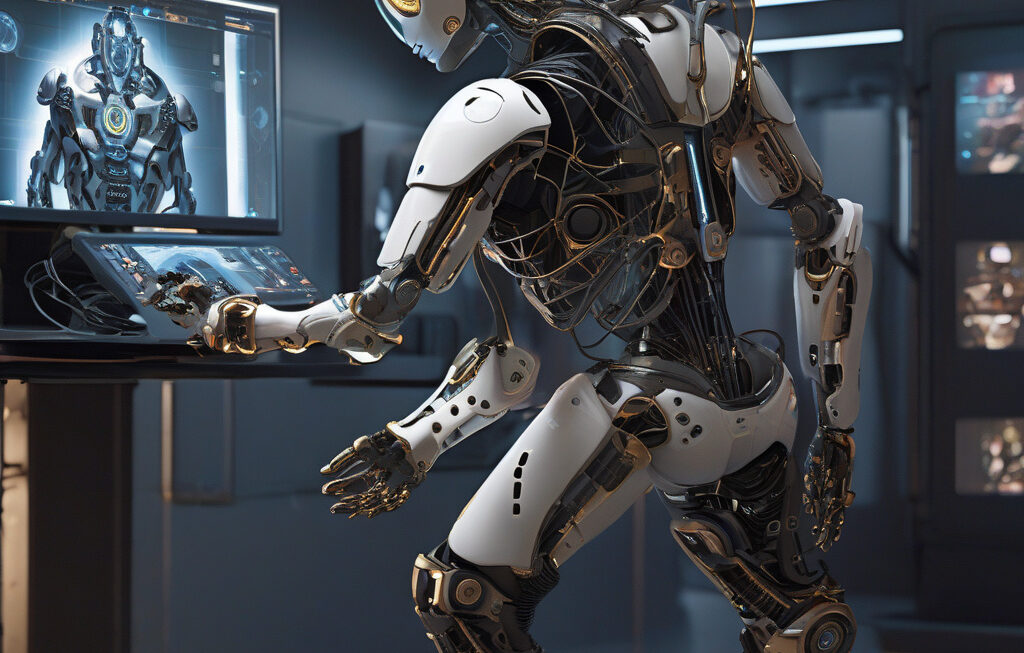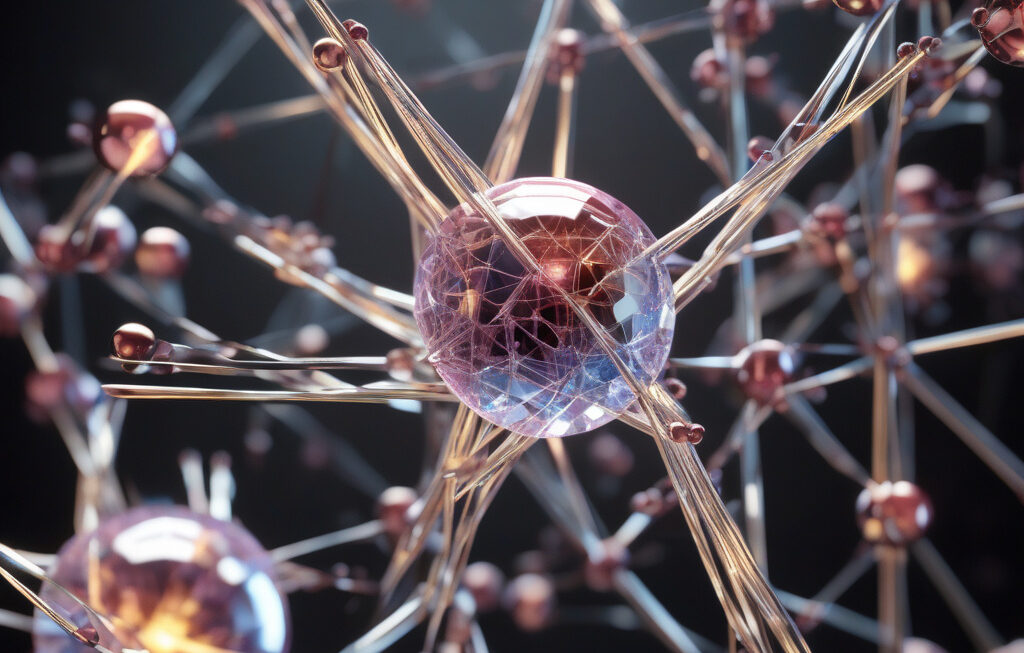US Scientists Toy with Lasers to Cool Computer Chips, Bring Down Data Center Costs
A high amount of the energy used by data centers is for cooling purposes. Data centers are the backbone of the digital world, housing servers and hardware that support our online activities. However, the immense heat generated by these servers poses a significant challenge, leading to high energy consumption for cooling systems to maintain optimal operating temperatures.
To address this issue, scientists in the United States are exploring innovative solutions that could revolutionize the way data centers are cooled. One such groundbreaking approach involves the use of lasers to directly cool computer chips, offering a more energy-efficient alternative to traditional cooling methods.
Traditional cooling systems in data centers typically involve the use of air conditioning units or liquid cooling systems to dissipate heat generated by the servers. However, these methods can be energy-intensive and costly to operate, contributing to the overall carbon footprint of data centers.
By harnessing the power of lasers for cooling, researchers aim to enhance the efficiency of cooling processes while reducing energy consumption and operational costs. The concept involves using lasers to generate tiny vibrations on the surface of computer chips, effectively drawing heat away from the components.
This innovative approach not only provides more precise cooling control at the chip level but also eliminates the need for bulky cooling systems that occupy valuable space within data centers. As a result, data center operators can potentially reduce their energy expenditure on cooling while maximizing the use of available space for additional servers or hardware.
Moreover, the use of lasers for cooling computer chips aligns with the growing demand for sustainable practices in the tech industry. As companies strive to reduce their environmental impact and carbon emissions, adopting energy-efficient cooling solutions can play a crucial role in achieving these sustainability goals.
In addition to its environmental benefits, laser cooling technology could also lead to advancements in computer chip performance and longevity. By maintaining optimal operating temperatures more effectively, computer chips may experience less thermal stress and operate more efficiently, ultimately extending their lifespan and enhancing overall reliability.
While the concept of using lasers for cooling computer chips is still in the research and development stage, initial results show promising potential for transforming the future of data center cooling. As scientists continue to refine this innovative approach, we may soon witness a paradigm shift in the way data centers are designed and operated, with a greater emphasis on energy efficiency and sustainability.
In conclusion, the exploration of laser cooling technology for computer chips represents a significant step towards addressing the energy consumption challenges faced by data centers. By leveraging the power of lasers for efficient chip cooling, data center operators can not only reduce costs but also contribute to a more sustainable and environmentally friendly digital infrastructure.
energyefficiency, lasercooling, datacenters, sustainability, technologicalinnovation
